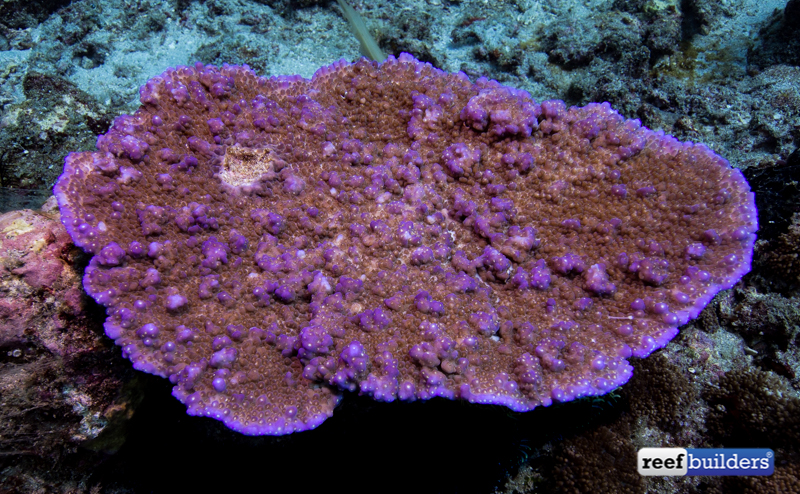Padang Bai Pier is located 40 km (25 miles) east of Denpasar City and is the main ferry terminal for boats leaving Bali to Lombok and Gili Islands. There are a handful of dive sites North of the main ferry dock, and just a few kilometer offshore is where the endemic stony coral Euphyllia baliensis was discovered.
Padang Bai is on the edge of the Lombok Straight, an area known for high current as it is an important channel for water flowing from the Java Sea to the Indian Ocean. The small Island of Nusa Penida in the center of the Lombok Straight is a popular big fish dive destination famous for its Mola Mola and Manta Ray cleaning stations. The dive sites here are not for beginners, and explorers looking for some off the beaten path diving are recommended to go with a local guide.

We chose to dive early in the day before the wind and waves picked up, although by the end of our third dive we could feel the strong currents pulling us along the reef. If you’ve even tried to swim against a current, especially with camera gear or scuba equipment, you know there is no fighting it. Your best bet is to always plan your dive with the current, get in the flow and enjoy the ride.
The GPS coordinates we had been given for the baliensis were a few kilometers offshore from Padang Bai, and despite our eager attempts of scouting out tide charts and tracking the moon, we were warned by several seasoned vets of the area that the deep offshore reef would be a dangerous dive, even with perfect conditions. Disappointed but still hopeful we decided to heed their advice and not risk the 30m (100 foot) dive into the blue in search of Euphyllia corals.

Euphyllia baliensis is an incredibly small branching Euphyllia, with coralites 2-4mm (0.08-0.16 inch) across. Not only is this Euphyllia unbelievably skinny for the genus, it also has a 4-part body plan, a trait which is highly unusual for the greater Hexacoral group which is partly, but not exclusively, defined by having a 6-part body plan.

To date E. baliensis has only been recorded in Bali, from this one site offshore from Padang Bai, where it was documented growing in extensive fields of Halimeda algae. We opted for a dive closer to shore but asked our guide if he knew anywhere with similar habitat, his local knowledge paid off and he brought us to the perfect spot.
Baliensis was recorded below 27m (89 feet) so we thought we might still have a change of finding it with five sets of trained eyes all looking for the teeny tiny coral. We came across fields of Halimeda hiding small Euphyllia sp. corals, we found little trees of Fungia fralinae, and plenty of Favias, Simphyllia, Ricordias, Anenonies, more Euphyllias, file fish, stone fish, clownfish, feather dusters and feather stars, but no Euphyllia baliensis.

We did a total of three dives at Padang Bai, but out first dive in the Halimeda habitat was our best chance of finding baliensis. We did our second dive under the old Pier, which was covered in soft corals, and cute little schools of puffer fish, we even found two mantis shrimp and a curious octopus. And all was not lost of the day as we put together this short video from our second dive at Padang Bai.
Our third dive was closer to the main ferry terminal in the coral garden site, there was a nice sandy bottom leading to a drop off wall from 10m-25m (32-82 feet). We dove to the bottom of the wall and found lots of beautiful flasher wrasse, soft corals and feather stars, our guide even pointed out a beautiful red cynarina.
We spied plenty of Euphyllia represented by hammer and torch corals, but the focus of our search was not discovered. We still managed to see some very cool and interesting corals, including the Christmas Tree Soft coral, some multi-mouthed ‘walking dendro’ and a few very gorgeous colonies of plating Acropora efflorescens.
Along the edge of the wall we started to feel the currents pick up. After being warned about the strong currents in the area, and hearing stories about down flow currents flowing over the tops of walls, we made sure to stay close to the reef and safely end the dive swimming up and over the reef to 5m (15feet). The search for baliensis continues, and hopefully our next Padang Bai update includes some shiny new dive safety beacons and a trip out to the alluring baliensis reef.



